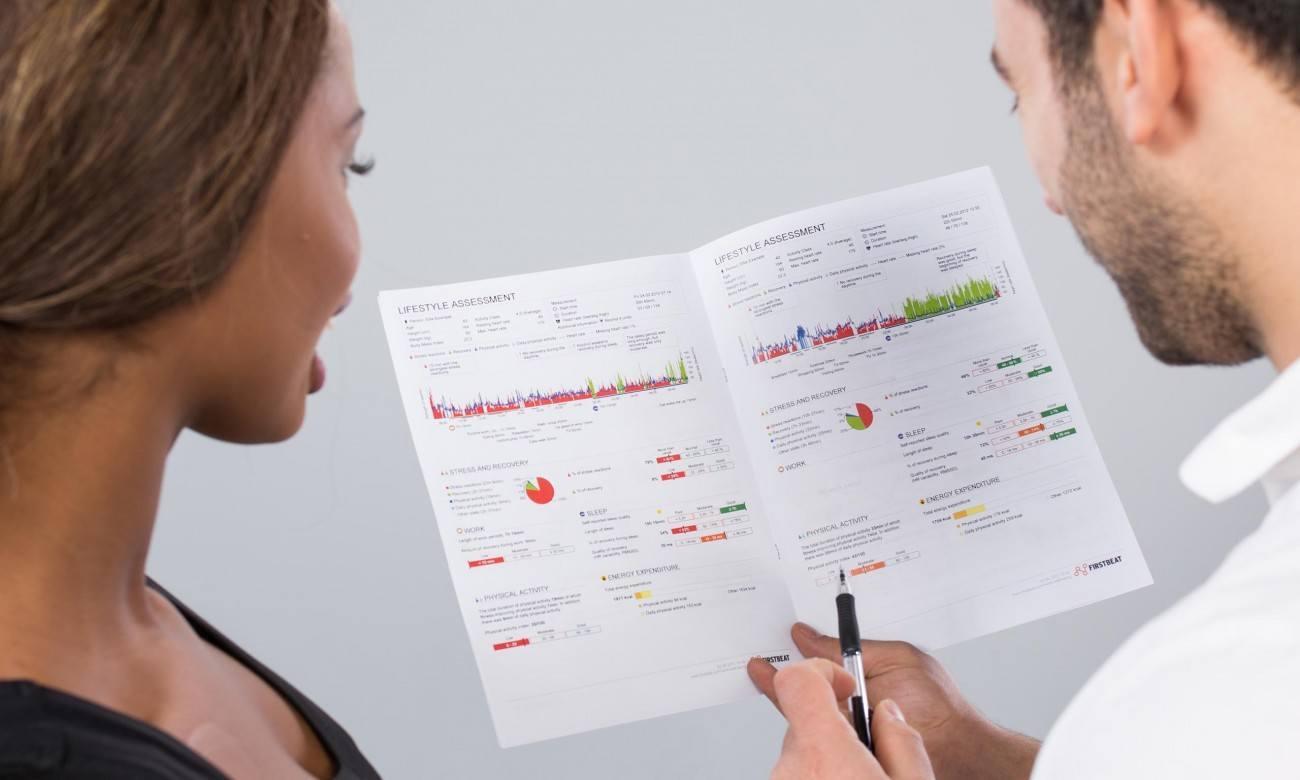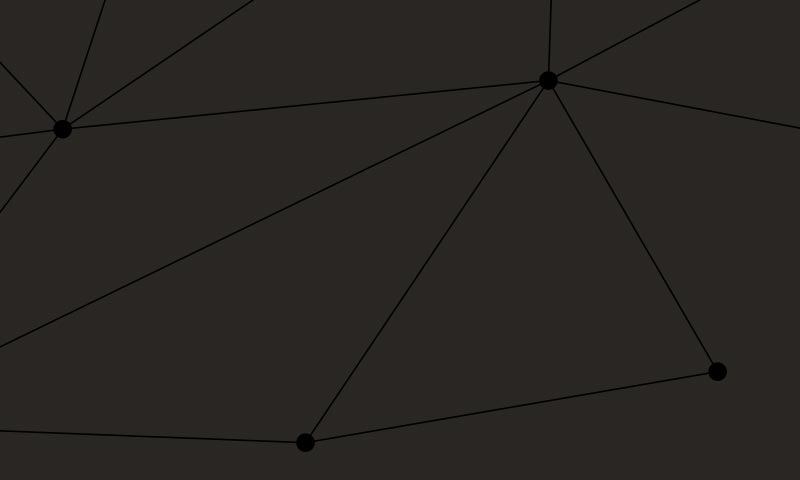
Firstbeat Lifestyle Assessment is typically a 3-day measurement during daily life, at work and during leisure time and sleep, with the idea of looking where no one has looked before to see how our body reacts to different daily events and what happens when we go to sleep. Lifestyle assessment is not a clinical or diagnostic test, nor does it necessarily produce a black or white result – a “pass or fail grade”. The idea is to nudge people to start thinking about their lifestyle and daily choices – the things they can and cannot affect – and consequently acknowledge what’s going well and what needs some fixing, make some changes and set concrete goals and action points to improve well-being.
Having conducted hundreds of lifestyle assessments to people around the world, it has been really interesting to witness the different reactions that the assessment result causes in different people. Even if the basic goal is similar – a quest to find a better balance between the different demands of life and learn about stress management, recovery and exercise – the individual take-home messages vary a lot between people.
I’ve collected a few insights and discoveries here that have come out in recent feedback discussions with clients from different countries and fields of life:
48-year-old journalist, North America: Chronic shoulder pain, combined with heavy workload and the upheaval of a recent move played havoc on her sleep, both subjectively and as confirmed by the physiological result. The sleep periods in the report showed more stress (red) than recovery (green) and heart rate was high especially during the 1st part of sleep (i.e. the engine was still running). This was not a surprise to her, but still made her stop and think of ways to improve the situation. On the positive side, the report shows a nice recovery period during her daily morning meditation. The result also showed that her modified physical activity (i.e. not able to follow her normal exercise routine) still provided health benefits and maintained her fitness, and was probably a lot better for her in this stressful situation. Trying to stick to a high-intensity exercise routine would most likely have aggravated her sleep problems. This was a relief to her because she had thought that the easier physical activity could not be all that beneficial.
Key take-home messages: continue to prioritize time for daily meditation and accept that for health and well-being benefits, especially in a stressful life situation, it can actually be beneficial to ease off the more strenuous workouts.
55-year-old executive, construction industry, Finland: Overall, a very good result with a varied exercise routine and good sleep. No surprise there; his subjective feelings supported this! The real eye-opener for him was the influence of a peaceful work environment. Most of his work time was “stress” (red), but one late afternoon there was a significant period of recovery at work (see graph below), even if the work task itself was no different from earlier on that day. He realized that the recovery came between 4-6 pm, when their open office had cleared off other people and he could work in peace. He told that he finds the open office format very stressful and concluded that to manage his daytime stress, he should sometimes take distance days or, when possible, come to work a bit later and stay after the office quiets down. Of course this does not mean that open offices affect everyone the same way, but it’s important to recognize individual stress points and make adjustments when possible.
Key take-home message: Accept that open office causes some stress and adjust daily schedule when possible to allow better focus. Continue prioritizing sufficient sleep.
30-year-old male psychologist and entrepreneur, Central Europe: Leading a busy life and juggling a new business with other part-time jobs can be very stressful. Despite being young and in good physical condition, his days were almost all stress (red) and he acknowledged that he feels quite exhausted towards the evening. He was aware of the importance of sufficient sleep for his coping and was happy to see the green recovery during the sleep periods. Despite not showing any recovery during the day, once his head hit the pillow, his stress graph switched to recovery.
Key take-home message: Sleep enough! But also prioritize some calm moments during the days, when possible, to avoid feeling so drained towards the end of the day.
I think this is the real strength of this type of an assessment – it’s not a “one-for-all” message, but a very personalized process and journey.
Interested in accurate data about your well-being and guidance about how to improve your health and wellness?
You might also be interested in

Reflection on My Dry January: Did It Make a Difference?
In Finland, 20-30% of adults take part in alcohol-free January. I decided to test this myself, collect some data and see how an alcohol-free month affects me. Would I notice some benefits, such as increased energy, better sleep, or even improved heart rate variability (HRV) during sleep?

The Big Picture of Wellness – Stress Management, Good Sleep and Nutrition Go Hand in Hand
Weight management and healthy eating are issues that wellness professionals face every day with their clients.




